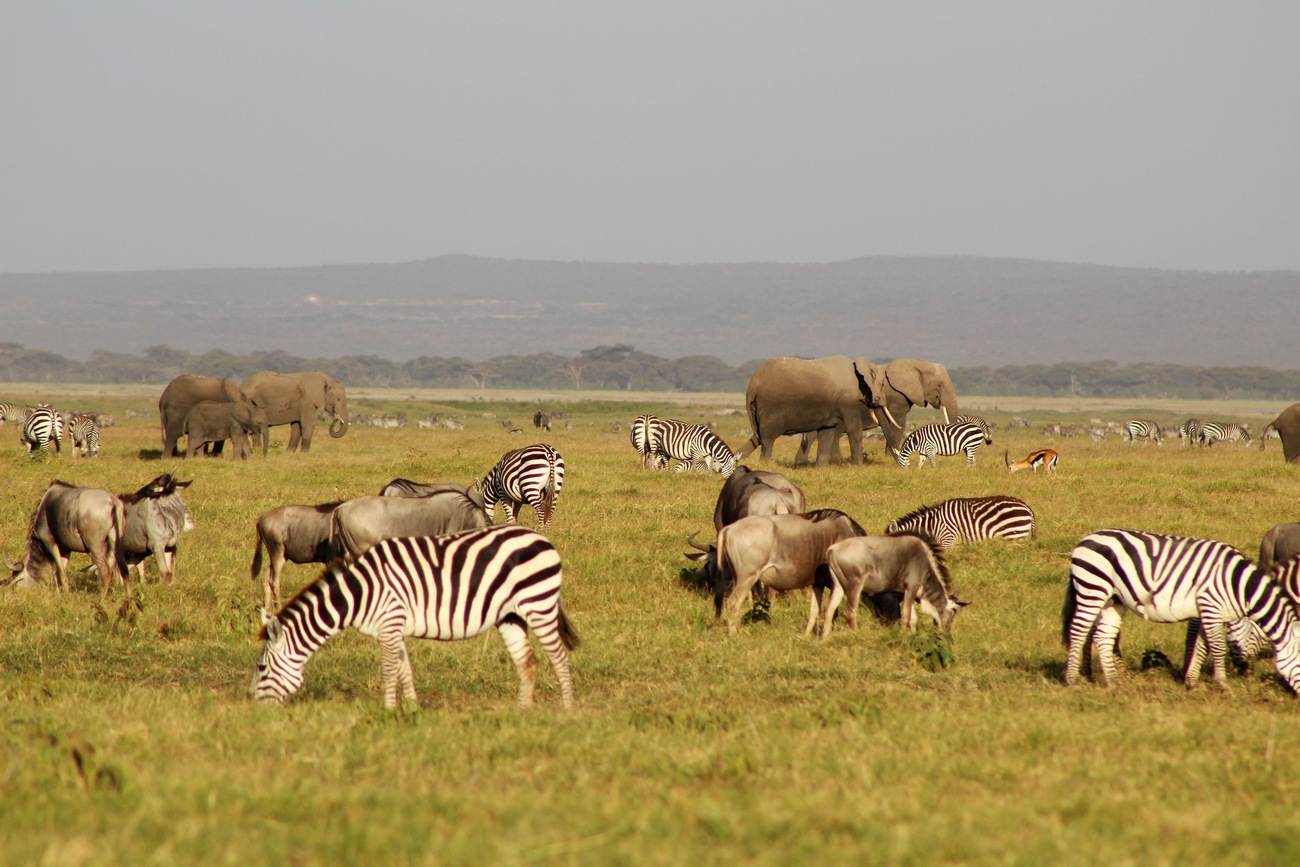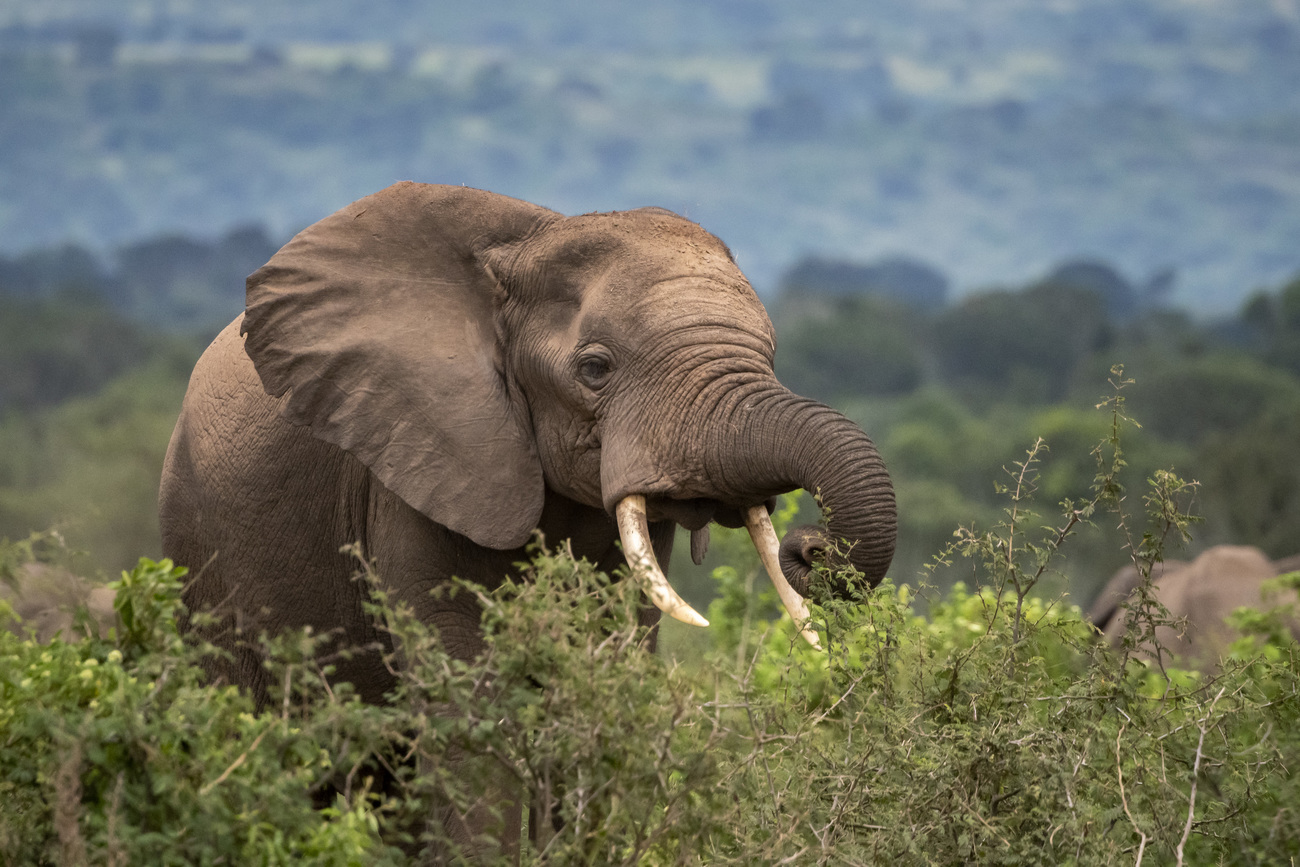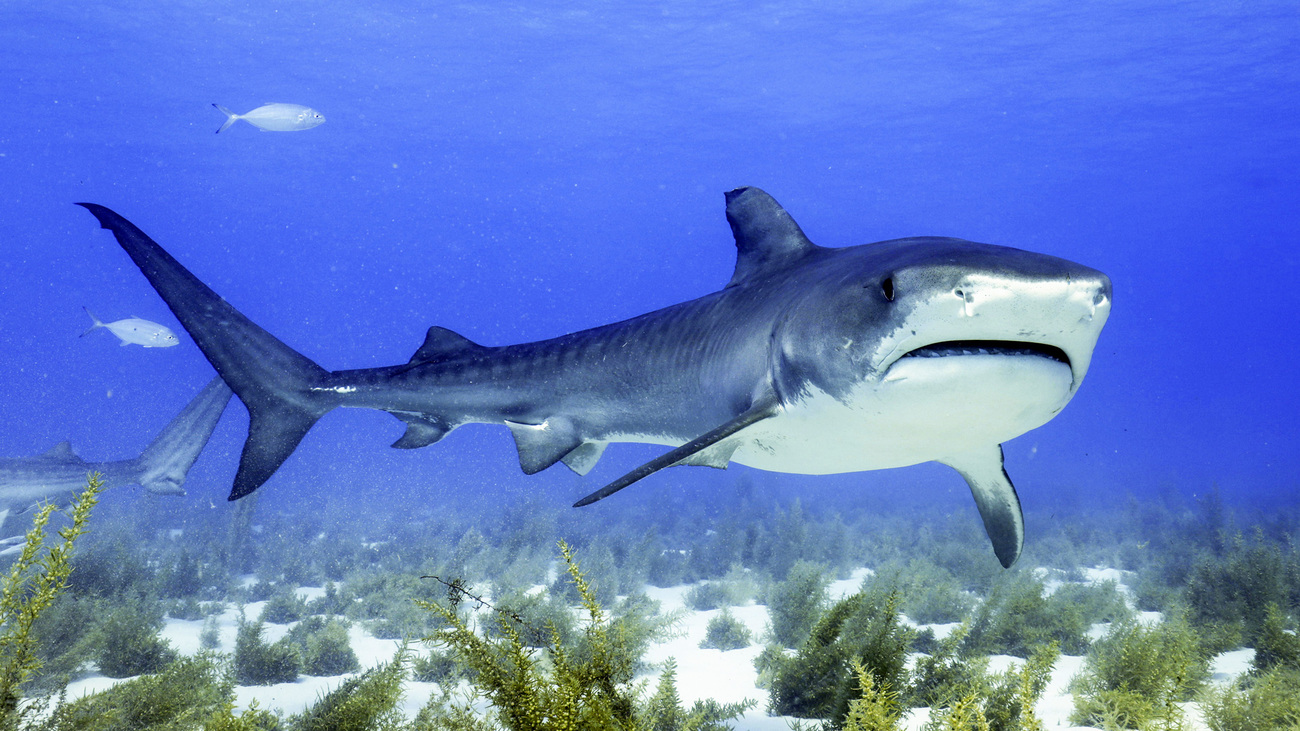Blog
Kenya’s Lamu Port can balance economic development and environmental protection
Read moreWhat is an ecosystem engineer?

Comparing ourselves to elephants, earthworms or whales seems odd. However, it’s not as strange as one might think because we’re all ecosystem engineers. Elephants modify the landscapes they live in; earthworms change the soil they dig in; whales help distribute nutrients in the ocean. We, humans, alter our surroundings, too.
Add beavers, birds, rabbits, wolves, trees and coral to the mix. We’re all part of a broad spectrum of ecosystem engineers—organisms that maintain and fine-tune their habitats. And whether it’s shelter or a source of food, we all benefit from the changes that ecosystem engineers make to their environments.
An ecosystem can be as small as a raindrop or as large as a lake or forest. It’s defined as the myriad of organisms that exist and interact in the same area, along with their physical environment.
Elephants are a great example of ecosystem engineers.
Elephants don’t stay in one place for too long. They travel through savannahs and forests, tearing down trees and brush as they move. It may look destructive, but it’s not. Thinning the trees allows sunlight to reach the forest’s floor, which encourages new growth. Smaller animals who cannot reach the treetops benefit from fruits and leaves that get left on the ground in the elephant’s wake.

On each trip, elephants eat between 140-300 kg (300-400 lbs) of bark, grass and fruit. Elephants disperse seeds as they poop on the move, which fertilises the land and creates food and habitats for other animals.
Many of the animals that share the ecosystem with elephants enjoy access to water created when elephants use their feet, trunks and tusks to make water holes.
As ecosystem engineers, sharks keep oceans healthy. Without them, marine ecosystems can collapse. Without reef sharks to control smaller populations of grouper and snapper, a ripple effect occurs. These fish will overpopulate and overeat their main source of food, which are algae-eating fish. With few algae-eating fish in the ecosystem, algae can take over and destroy coral reefs.

Allogenic engineers physically change biotic and abiotic materials in their habitats. Autogenic engineers alter their environments by making changes to their own structures.
Beavers are an example of an allogenic engineer because when they build a dam, they modify their environment. Building dams can have multiple benefits, too. Some environmentalists call beaver dams “earth’s kidneys” because dams filter out silt, making the downstream water clean. Ponds formed from dams become habitats for fish, ducks, shorebirds, amphibians, reptiles and other wildlife.
Trees are autogenic engineers because instead of changing their surroundings, they change themselves. As they mature, their trunks and branches grow. They create habitats for birds, insects, squirrels and other animals.
A keystone species is an organism that is critical to the survival of others in the ecosystem. Remove it and the ecosystem can collapse. Every ecosystem contains keystone species.
Wolves are a prime example of what goes wrong when a keystone species is taken out of the picture. Removing wolves from Yellowstone National Park in the United States led to an overabundance of deer. The deer overgrazed the land and consumed plants like aspen. Fewer aspen forced birds and beavers to move to other habitats.

In a marine ecosystem, seals are keystone species, but their impact is complex. As top predators, it’s tempting to think that removal of seals via culling could help to boost commercially important prey species. In reality a reduction in seals could cause mid-level predators like squid to flourish and decimate those commercially important mollusks, crustaceans, and fish.
Our work can’t get done without you. Please give what you can to help animals thrive.
Unfortunately, the browser you use is outdated and does not allow you to display the site correctly. Please install any of the modern browsers, for example:
Google Chrome Firefox Safari